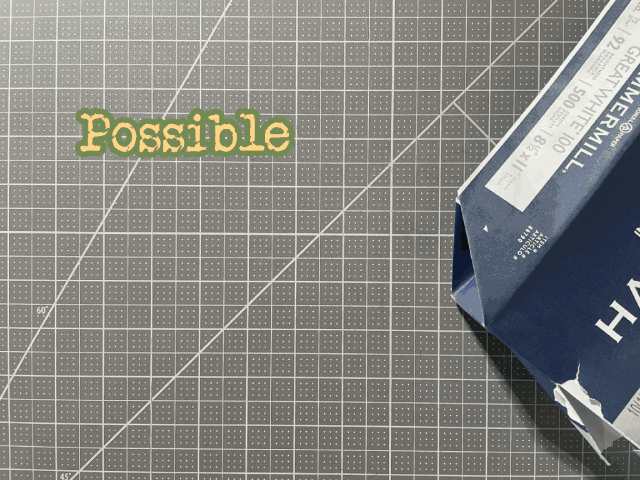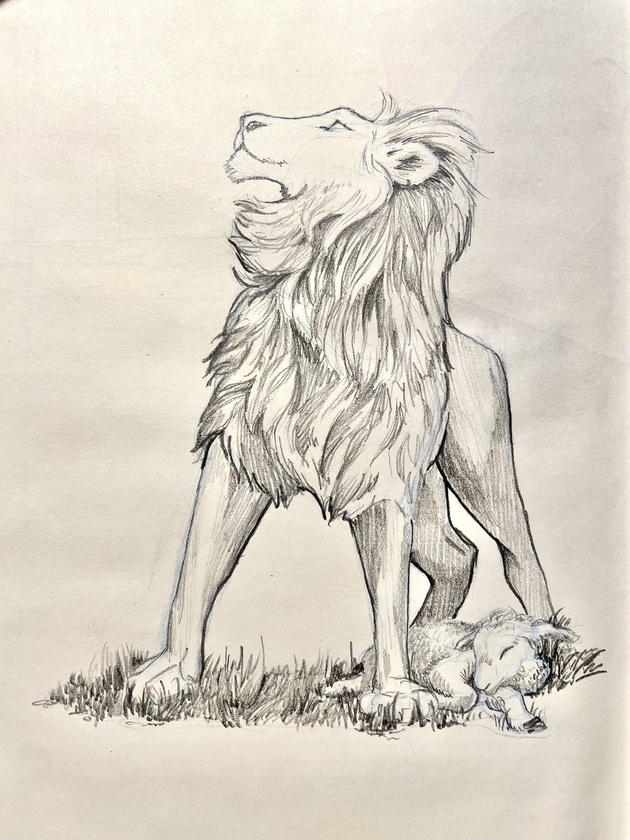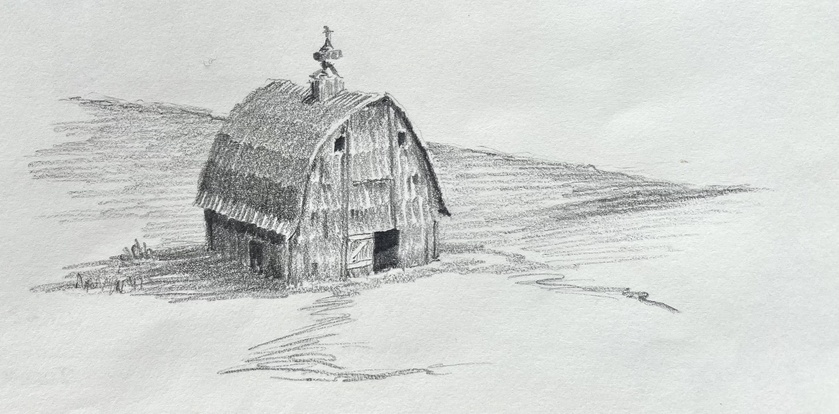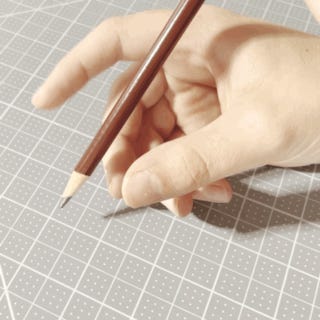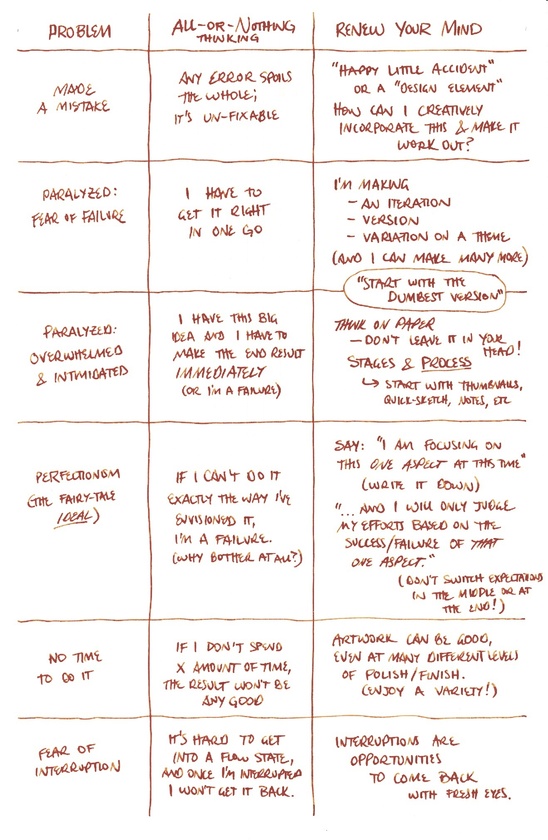Art supplies can hang people up, but shouldn’t.
When most people see an artist they would like to imitate, making something awesome, their first thought is something along the lines of, “Oh, if only I had that [insert art supply] I, too, would be able to do that.”
This is a distraction, a roadblock, an excuse for not getting started.
While some art projects really do have to have specialized materials, drawing is not among them.
No art supply will ever magically make you good at drawing. Only hard work and practice can do that.
Supply Gathering List
Parents homeschooling their children, and any art student on a budget, will be glad to know that there won’t be any expensive supply lists for this course. That is why your first supply list is called a “Gathering List”—it’s intended to be made up of items you assemble from your own home.
You’ll need just two items per student: something to draw with, and something to draw on.
Suggested Drawing Implements:
A regular wood pencil (#2 or HB grade)
A mechanical pencil
Colored pencil (pretty much any color; light blue, orange, and red are traditional colors to use)
A ballpoint pen
A crayon
…etc
Suggested Drawing Surfaces:
Copy or printer paper (20# is good)
Regular notebook
Graph paper
Notebook filler paper
…etc
If you have all or most of these, I most highly recommend a regular wood pencil and copy paper as your first choice, for reasons that will become clear as you work through the lessons.
If you do not have what I suggest, look around for possible substitutes. Almost anything that can make marks, and any surface that it’s safe to mark on, can be used for practice.
For those who already have art supplies…
Excellent! I recommend you use whatever supplies you are most familiar with already.
Pencil, charcoal, pastel, or pen—whatever drawing tool you happen to have and are comfortable using will do very nicely. For most practice assignments, you’ll want to use a cheap sketchbook or copy paper, and use your nicer drawing papers for applied drawing assignments.
However… If you have found yourself struggling with the art supply block I outlined in the introduction to this post, or if you feel in any way overwhelmed by options because you have many supplies…
I strongly suggest you put all your “Art Supplies” away for a short period of time, and use the very simple office supplies I have suggested for your first several assignments.
You will likely get over this block very quickly if you use materials and tools on which you haven’t attached undue significance.
A Suspicious Absence…
Some of you may wonder at the suspicious absence of erasers on this list.
This is not an oversight. I do not recommend students use erasers. There’s nothing wrong with using them, but many beginners use them excessively and in a way that hinders learning.
Not using erasers forces an artist to draw intentionally, and to mean the marks they make. This attitude and mental habit will help you improve much more quickly, and your drawings will look much nicer and more polished. So, I recommend that at least for your practice assignments, you minimize or completely banish the use of erasers.
When you are sketching or drawing for your own pleasure, or doing an application assignment, feel free to use an eraser as necessary.
The best erasers to use for drawing are white vinyl erasers or kneaded rubber erasers. Both are readily available and inexpensive.
The pink kind, found on regular #2 wood pencils, are prone to smearing and should be kept away from artwork.
Getting Started
Once you have assembled the supplies you’re going to use for practice, start drawing!
The main reason why I want you to use supplies you already have is so that you’ve no excuse for not starting today. Starting really is the hardest, so don’t put it off!
HAVE FUN!
Save what you draw.

